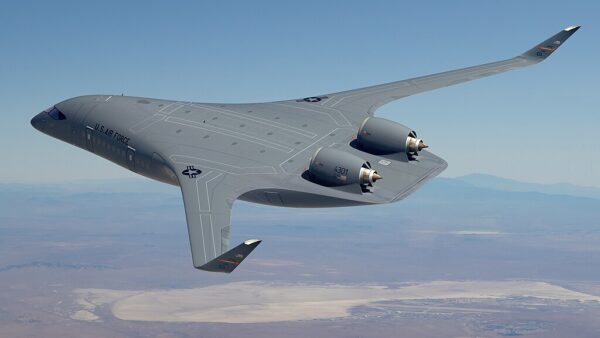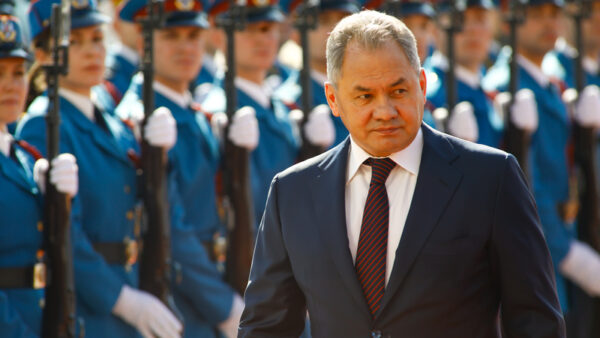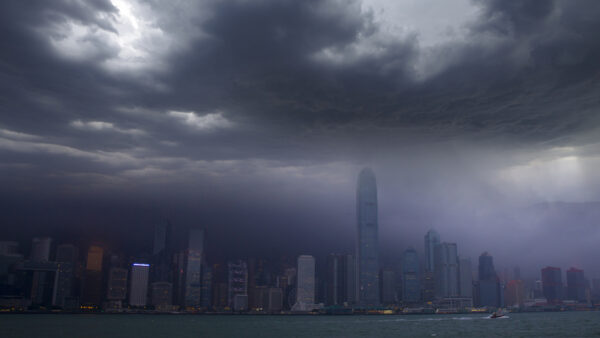Seattle starts work next month on a $3.7bn project to build a light-rail link on a floating bridge over Lake Washington, to the east of the city.
Project leaders claim it is a world first.
A big challenge was working out how to keep the tracks stable while the I-90 floating bridge bobs in waves or moves in wind.
The project is part of the East Link rail service that will lay 23km of track to connect the Eastside rail system with downtown Seattle.
“There is no light rail that’s on a floating bridge anywhere in the world. It’s been a very exciting thing to be working on,” John Sleavin, of Sound Transit, told local broadcaster Q13 Fox.
Sleavin described the bridge as a 3,500ft-long boat secured by anchor cables.
Engineers with Kiewit-Hoffman, the main contractor, had to design a system that accommodates six degrees of motion as the bridge moves up and down and north and south in response to wind, waves and traffic loading.
The focus was on the transition point between the fixed and floating structure of the bridge.
“Very similar if you’re walking from a fixed dock to a floating dock and you have that ramp that connects the two and it goes up and down with the tide,” said Sleavin.
At this transition, the rails will rest on bearings and plates allowing movement with the changing lake and bridge conditions.
It passed tests, but Sound Transit said that if wind speeds reached 40mp/h it may reduce train services.
“About once a year we may only allow one train per direction,” Sleavin said, “and about once a decade we may have to cease operations on the bridge until the wind dies down.”
Four car trains are projected to start running in 2023.
The project is intended to reduce the congestion plaguing Seattle. The metro area was recently ranked 10th worst in the US, and 20th worst in the world for traffic delays.
Image: The I90 running between Seattle and Mercer Island (Prashkan)
Further Reading
Comments
Comments are closed.







This isn’t a new bridge. Seattle is replacing reversible Express lanes along much of the existing bridge with the light rail. Nonetheless, the construction and stabilization of this railway are novel!
If crosswinds are a concern, I wonder what plans there are for adding windscreens. China’s high speed rail into Xinjiang has A ground level stretch entirely covered by a wind screen tunnel
Hi Louis,
Any form of wind barrier would act as a sail and de-stabilise the bridge.
We constructed a similar bridge, albeit for a much shorter span and for pedestrian traffic only, spanning the Royal Victoria Dock as part of the London 2012 Olympics.
I have little doubt that the authorities have done their homework before zeroing to this novel solution. Is there anywhere where we can get access to the the study that leads to this as the preferred option?